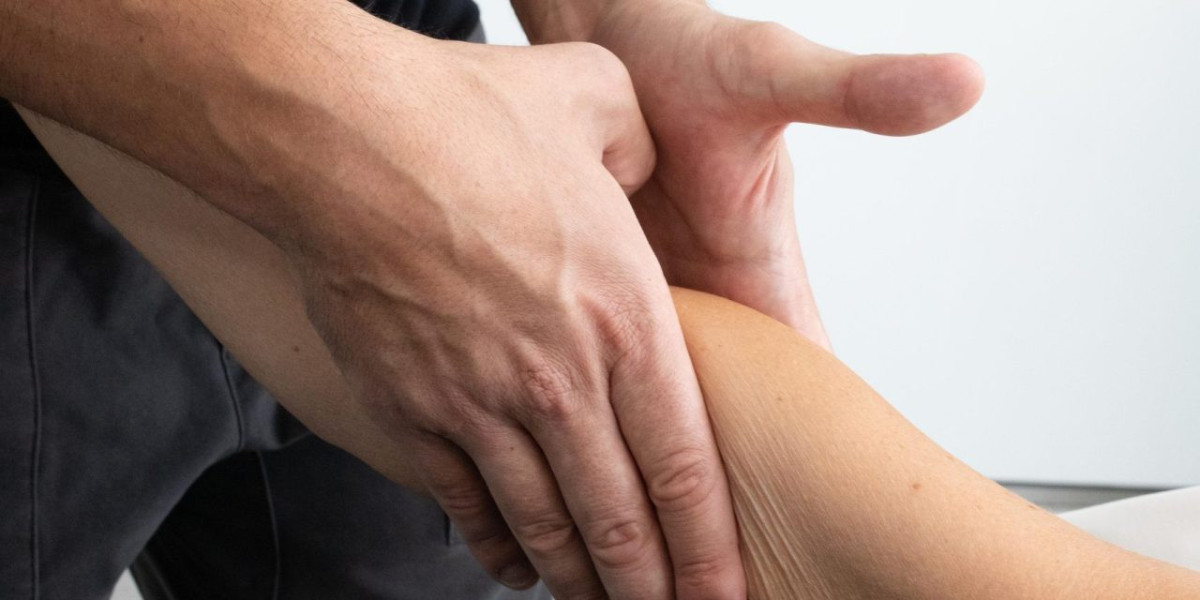Starting a herbal apothecary at home doesn’t have to be expensive or complicated. A herbal apothecary can begin with just a few simple herbs, chosen for their versatility and effectiveness. These plants have been used for centuries to support health, ease discomfort, and bring calm to daily life. Even on a budget, it’s possible to create a small collection of herbs that can serve many purposes, from teas to tinctures and salves. The key is selecting essential herbs that are affordable, easy to store, and have multiple uses.
Why a Home Herbal Apothecary Matters
A home herbal apothecary is more than just a hobby—it’s a way to take care of yourself and your family using natural remedies. Having herbs on hand can reduce trips to the store for minor health issues, support relaxation, and even enhance cooking.
Many people today feel disconnected from simple remedies, relying solely on pharmaceuticals. A home herbal apothecary reconnects us with traditions that span centuries. Even with modern medicine available, herbs remain a practical and gentle way to support wellness.
The Benefits of Starting Small
Beginning with a small number of versatile herbs makes building an apothecary more manageable. You can focus on learning how each herb works, experiment with teas or oils, and gradually expand your collection. A smaller collection also helps you stay within budget while still enjoying the benefits of herbal medicine.
Space and Organization
You don’t need a large space for a home apothecary. A small shelf, a few jars, and labeled containers are enough to start. Organization is key: keeping herbs in dry, dark places preserves their potency and makes them easy to use when needed.
Choosing Essential Herbs
When starting a herbal apothecary on a budget, it’s important to choose herbs that are versatile, easy to find, and affordable. Some herbs can be grown at home, while others can be purchased dried or as teas.
Chamomile
Chamomile is one of the most useful herbs to have at home. It’s calming, helps with digestion, and can support restful sleep. Chamomile tea is simple to prepare, and dried flowers store well for months.
Peppermint
Peppermint supports digestion, relieves headaches, and can be used in teas or as an essential oil. It grows easily in pots or gardens, making it a cost-effective choice.
Ginger
Ginger is warming, supports circulation, and helps with nausea. Fresh ginger can be used in cooking, teas, or grated into tinctures. It keeps well in the refrigerator for several weeks and can even be frozen for longer storage.
Lavender
Lavender is calming and soothing. It can be used in teas, baths, or for aromatherapy. Dried lavender buds are inexpensive and last a long time when stored properly.
Rosemary
Rosemary is versatile in both culinary and medicinal use. It supports circulation, has antimicrobial properties, and adds flavor to meals. Growing rosemary at home is easy, and it can be dried or kept fresh in a pot.
Calendula
Calendula is gentle and helpful for skin issues. It can be used in salves, oils, and baths. Dried calendula petals are affordable and store well in jars, making them a great addition to a budget-friendly apothecary.
Lemon Balm
Lemon balm has a bright, calming scent and is known for reducing stress and supporting digestion. It grows easily in gardens or pots, and leaves can be dried for tea or infused oils.
Methods for Using Herbs at Home
A small home apothecary can include several preparation methods. Understanding these basic techniques allows you to get the most from your herbs.
Herbal Teas
Teas are simple to make and are one of the most common ways to enjoy herbs. Infusing flowers, leaves, or roots in hot water releases their active compounds. Teas can support digestion, sleep, relaxation, or minor ailments.
Tinctures
Tinctures are concentrated extracts usually made with alcohol or glycerin. They last longer than teas and allow for precise dosing. Even a small amount of herbs can go a long way when made into tinctures.
Salves and Oils
Herbs infused in oils can be turned into salves for skin care or minor injuries. Calendula and lavender are excellent choices for topical applications. Making salves at home is inexpensive, and jars can last several months if stored properly.
Powders and Capsules
Some herbs can be dried and ground into powders or filled into capsules. This method is convenient for internal use, especially for herbs that are harder to prepare as teas.
Growing Your Own Herbs
One of the most budget-friendly ways to build a herbal apothecary is to grow herbs at home. Many medicinal plants thrive in pots, gardens, or even windowsills.
Indoor Herbs
Herbs like peppermint, basil, and lemon balm do well indoors. They require sunlight, water, and occasional pruning, but they can provide a steady supply of fresh herbs throughout the year.
Outdoor Herbs
Lavender, rosemary, and calendula can grow well outside. Outdoor gardens may yield larger harvests, allowing for drying and storage for months.
Harvesting and Drying
Learning to harvest herbs correctly is important. Leaves, flowers, and roots should be gathered at the right time for maximum potency. Drying herbs in a cool, dark, and ventilated space preserves them for long-term use.
Organizing Your Apothecary on a Budget
A home herbal apothecary doesn’t need fancy jars or expensive containers. Glass jars with tight lids are ideal, but repurposed containers can work just as well. Labeling each herb and keeping a simple inventory helps you stay organized and prevents waste.
Using Everyday Containers
Jars from the kitchen, small tins, and even paper bags can be used to store dried herbs. The key is keeping them dry, away from direct sunlight, and sealed to prevent moisture.
Rotating Stock
Using older herbs first ensures nothing goes to waste. Regularly checking your inventory and refreshing your supplies helps maintain potency and reduces the chance of spoilage.
Keeping a Simple Journal
A small notebook or digital file can help you track which herbs you have, how you use them, and any observations about their effects. This is a low-cost way to build knowledge and improve your practice over time.
Safety and Responsible Use
Even common herbs can have strong effects. Knowing how to use them safely is essential, especially when starting a home apothecary.
Dosage Awareness
Even safe herbs can cause unwanted effects if taken in large amounts. Start with small doses and increase gradually, observing how your body responds.
Allergies and Sensitivities
Herbs can trigger reactions in some people. Always check for allergies, and introduce new herbs one at a time.
Consulting Professionals
For serious health conditions, herbs should complement, not replace, medical care. Consulting a healthcare provider or an experienced herbalist ensures safe use of herbs alongside conventional medicine.
Incorporating Herbs Into Daily Life
A home apothecary is most useful when herbs become part of your daily routine. Simple practices can make herbs more accessible and practical.
Herbal Teas for Daily Wellness
A cup of chamomile or peppermint tea in the evening can support relaxation and digestion. Drinking herbal teas regularly helps integrate herbs into daily life without adding complexity.
Cooking With Herbs
Many medicinal herbs are also culinary. Rosemary, basil, and ginger can be used in meals, providing both flavor and wellness benefits.
Simple Infused Oils
Making small batches of infused oils for massage or skin care allows herbs like lavender and calendula to be used in everyday self-care.
Baths and Relaxation
Herbal baths with lavender, chamomile, or calendula petals provide comfort and promote relaxation. They are simple to prepare and make herbal wellness feel indulgent without costing much.
Frequently Asked Questions
How many herbs should I start with?
Starting with five to ten versatile herbs is enough to build a functional apothecary. As your experience grows, you can expand your collection gradually.
Can I grow all my herbs at home?
Many herbs can be grown indoors or outdoors. Some, like chamomile, may need extra care. Others, like peppermint, grow easily and spread quickly.
How long do dried herbs last?
Properly stored dried herbs can last one to three years. Tinctures usually last longer, and oils or salves may last several months.
Are herbal remedies safe for children?
Some herbs are safe for children in small doses, but it’s important to research each herb and consult a professional. Gentle herbs like chamomile or peppermint are usually safe for mild use.
Can I use herbs instead of medicine?
Herbs support wellness and can help with minor issues, but they are not substitutes for medical treatment for serious conditions. Herbs work best alongside conventional care when needed.
Conclusion
Building a home herbal apothecary on a budget is both practical and rewarding. Starting with essential herbs, learning simple preparation methods, and organizing your space allows you to create a small but effective collection. Even a few versatile plants like chamomile, peppermint, ginger, and lavender can provide teas, oils, salves, and comfort throughout the year.
A budget-friendly herbal apothecary encourages mindfulness, experimentation, and learning. It reconnects us with traditions that value plants as partners in daily wellness. By growing herbs at home, storing them properly, and using them thoughtfully, a small collection becomes a source of health, comfort, and creativity. Over time, a simple home apothecary grows not just in herbs, but in knowledge, confidence, and connection to nature.


